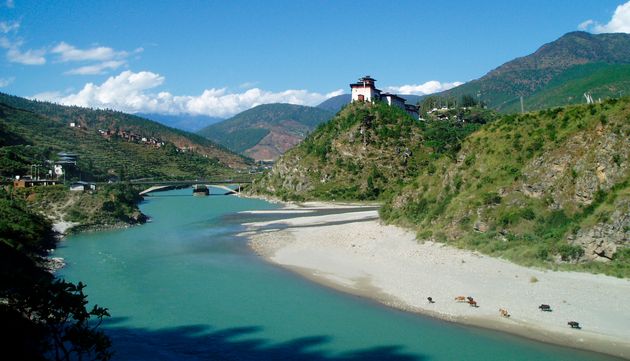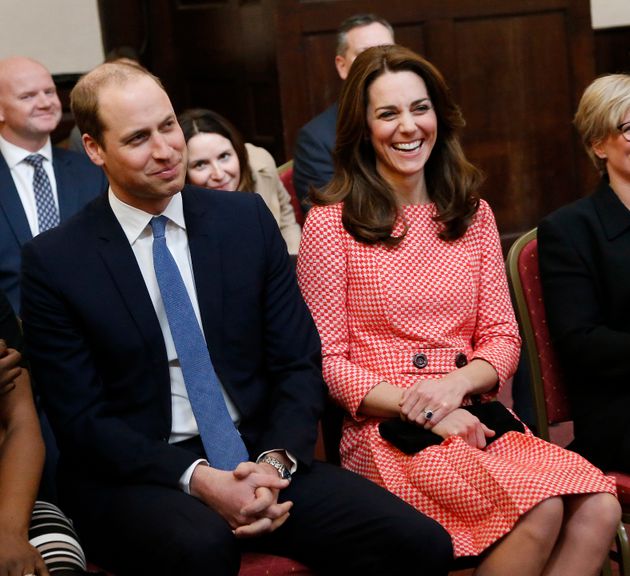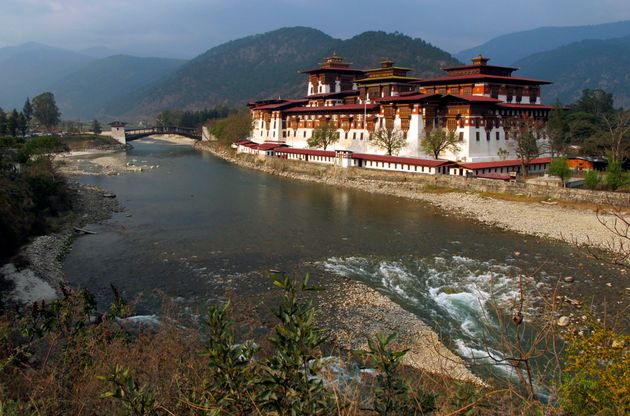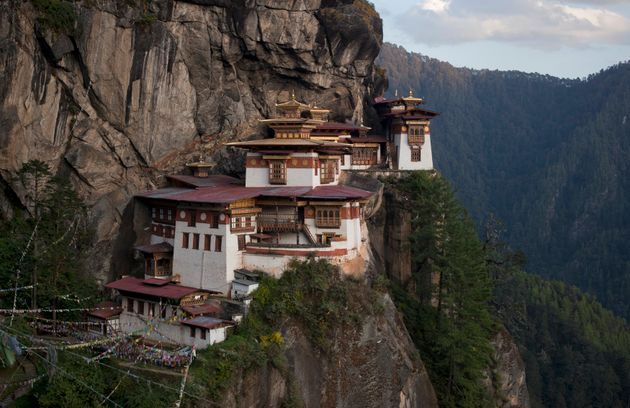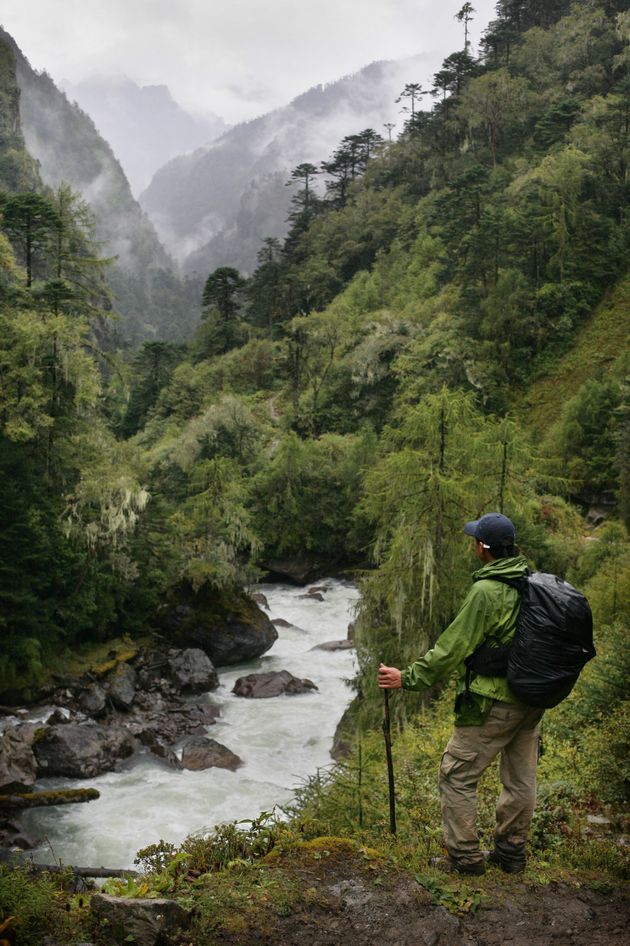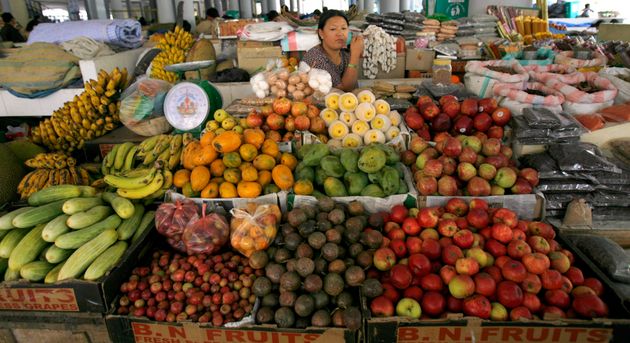Of the many travel destinations in Asia, Bhutan, sandwiched between India, Nepal and China, is certainly one of the less-visited places on Earth.
That’s because the landlocked country prides itself on keeping mass tourism at bay. But as Prince William and Duchess Kate (formerly Kate Middleton) visit the country later this month, Bhutan will quickly become a top spot on the bucket lists of many travelers who were formerly unfamiliar with the nation and all its natural beauty.
Bhutan was isolated from most of the world until the 1960s, when developmental efforts brought in telephones, schools, hospitals and a national currency. Today, the Tourism Council of Bhutan requires all travelers (excluding Indian, Bangladeshi and Maldivian passport holders) to obtain a visa and book their trips through official Bhutanese tour operators.
In fact, on top of the amount of money it costs to travel to the nation, the Tourism Council of Bhutan requires travelers to pay a $200 or $250 fee per person per night to ensure visitors are keeping with the country’s policy of “high value, low impact” tourism. The fee includes 3-star accommodation, all meals, internal transportation, internal taxes and a sustainable tourism royalty of $65.
Traveling to this largely untouched place is an adventure all in itself. From the United States, travelers need to fly to cities in India, Thailand or Nepal for a direct flight to Paro, the location of Bhutan’s only international airport. Because there’s not much competition for flights to Bhutan, airline fees to Paro can be expensive.
The country is filled with mountains, monasteries and a whole lot of nature.
The Paro Taktsang Palphug Buddhist monastery (pictured above) is just one breathtakingly beautiful monastery of over 40 in the region. The country also holds monthly festivals, or Tshechu, where, according to the Bhutan tourism website, participants “witness religious mask dances, receive blessings and socialize.”
Looking for a Himalayan hiking adventure? Bhutan has you covered. According to its official tourism site, the country is rich with trekking trails for both inexperienced and more advanced hikers, with some lasting upward of 31 days.
When it comes to food, Conde Nast Traveler writes that the meals offered on the approved tours are aimed to please western travelers, and are not much to write home about. But local Bhutanese cuisine is known for its spiciness. Lovers of spicy foods might fancy sampling some items at the weekend market, while less daring types might opt for pork dumplings called momo. Fun fact: According to Conde Nast Traveler, pigs in Bhutan are fed on marijuana, which grows all over the central valleys.
And if you’re still thinking traveling there is not worth the effort, perhaps a peek at the landing itself might convince you. Of the many breathtaking views, the descent in to Paro International Airport includes a look at the majestic Mt. Everest itself.
Plus, you might even get a chance to see the King of Bhutan, one of the most vibrant — and stylish — leaders in the world.
With its deep cultural roots, lush scenery and exclusivity, Bhutan is the perfect place for travelers who are looking for a truly one-of-a-kind adventure.
Source: The Huffington Post


